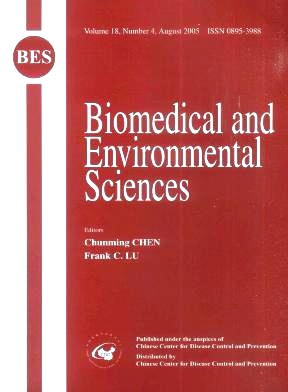Epidemiological Features of Severe Acute Respiratory Syndrome in Beijing Urban and Suburb Areas in 2003
-
Key words:
- SARS /
- District distribution /
- Epidemiology
Abstract: Objective To describe the epidemiologic features of an outbreak of severe acute respiratory syndrome (SARS) in urban and suburb areas in Beijing and to explore their differences between these two areas. Methods Data of SARS cases were collected from daily notification of China Ministry of Health and a database of infectious diseases was established by the Beijing Municipal Center for Disease Prevention and Control (BCDC). All the data were put into dataset files by Microsoft Excel-2000 and analyzed with SPSS version 10.0 software. Results The respective urban incidence and mortality rate were 29.06 and 2.21 per 100 000, while the case fatality rate was 7.62%. In contrast, the respective suburb incidence and mortality rate were 10.61 and 0.78 per 100 000, and the case fatality rate was 7.32%. No significant differences were found in demographic characteristics between the urban and suburb areas. Conclusion Beijing urban area suffered a more serious SARS epidemic than the suburb area in 2003.
| Citation: | MIN LIU, WAN-NIAN LIANG, HONG DU, QI CHEN, JIE MI, ZE-JUN LIU. Epidemiological Features of Severe Acute Respiratory Syndrome in Beijing Urban and Suburb Areas in 2003[J]. Biomedical and Environmental Sciences, 2005, 18(4): 227-232. |







 Quick Links
Quick Links
 DownLoad:
DownLoad: